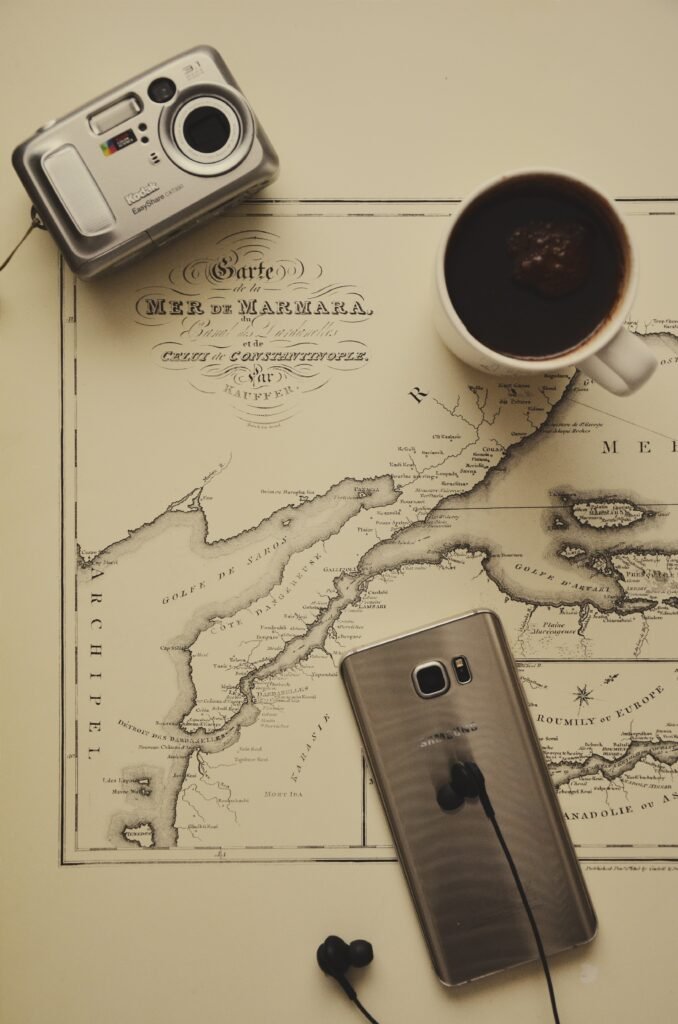
The Birth of Cameras
The evolution of cameras can be traced back to the early 19th century. The first camera, known as the camera obscura, was a simple device that allowed light to enter through a small hole and projected an image onto a surface. This invention laid the foundation for the development of modern cameras.
The Advent of Film Cameras
In the late 19th century, the first film cameras were introduced. These cameras used a roll of photographic film, allowing multiple images to be captured on a single roll. This opened up new possibilities for photographers, enabling them to capture moments with greater ease and convenience.

Over the years, film cameras underwent several advancements. The introduction of color film, automatic exposure settings, and zoom lenses revolutionized the field of photography. These improvements made photography more accessible to the masses and paved the way for the next phase of camera evolution.
The Rise of Digital Cameras
The 1990s saw the emergence of digital cameras. These cameras replaced film with electronic image sensors, allowing photographs to be stored and viewed digitally. The shift from film to digital was a game-changer in the world of photography.
Digital cameras offered numerous advantages over their film counterparts. The ability to instantly preview images, delete unwanted shots, and adjust settings on the go gave photographers greater control and flexibility. Furthermore, the introduction of memory cards meant that photographers could take hundreds, if not thousands, of photos without worrying about running out of film.

Smartphone Cameras: The Game Changer
In recent times, smartphone cameras have become a ubiquitous tool for capturing and sharing moments. With advancements in technology, smartphone cameras have evolved from mere accessories to powerful imaging devices.
The integration of high-resolution sensors, optical image stabilization, and advanced image processing algorithms has made smartphone cameras capable of capturing stunning photographs. In addition, the convenience of having a camera in your pocket at all times has revolutionized the way we document our lives.

The Future of Cameras
As technology continues to advance at a rapid pace, the future of cameras looks promising. We can expect to see further improvements in image quality, low-light performance, and overall camera capabilities. Artificial intelligence and machine learning algorithms will likely play a significant role in enhancing the photography experience.
Additionally, the rise of virtual reality and augmented reality is expected to have a profound impact on the way we capture and consume visual content. Cameras integrated into VR headsets and AR devices will provide immersive and interactive experiences.

With each passing year, cameras continue to evolve, enabling us to capture and preserve memories in ways never thought possible. From the humble camera obscura to the sophisticated smartphone cameras of today, the journey of cameras is a testament to human ingenuity and our desire to capture the world around us.
